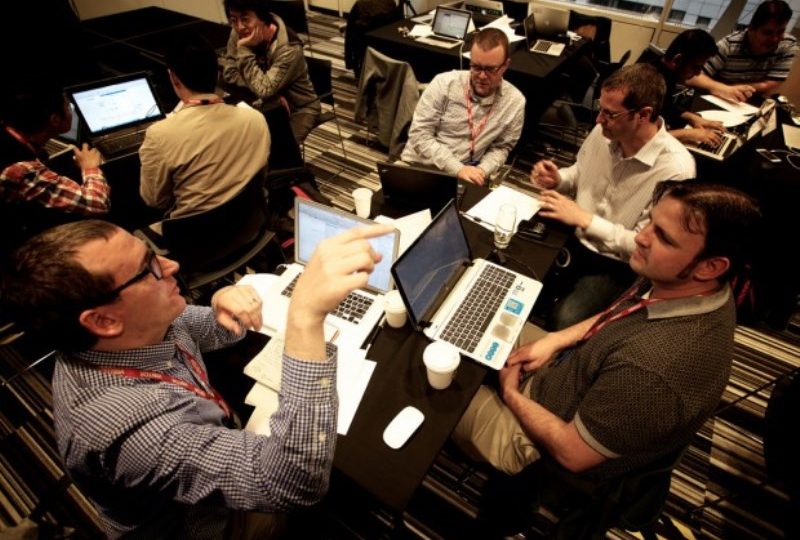By Sophia Driver
Because meetings can take a lot of time and interrupt an organization’s workflow, maximizing them is a must. If they do not produce desirable results, they can cause low morale and inefficiency.
On the other hand, productive meetings are an avenue for innovative ideas which can lead to better business efficiency and profitability.
Here are a few practical tips for holding a productive meeting.
First, there should be a good reason for the meeting. Don’t schedule a gathering just because you think the members of your organization have not gotten together in a while. You must first determine the goals of the assembly. If they can be achieved through emails or one-on-one interviews, it would be best to save the meeting for another time.
Stick to the main agenda. When planning the meeting, decide what you want to get out of it. Keep its agenda and goals in mind so you can prevent yourself from digressing during the discussion.
Encourage attendees to refrain from using electronic devices. In some meetings, you will need to bring a laptop or smartphone. However, there will be assemblies where electronic devices might compete for the attention of participants and keep the discussion from progressing. Issuing a temporary ban on electronic devices during the meeting is sometimes the best course of action.
Always start and end the meeting on time. Punctuality is vital to the success of any type of gathering. Your meeting should take place within the designated time. Also, keep in mind that meetings that last around 45 minutes are more productive than those that are longer. Attention tends to wane on drawn-out meetings, so keep yours as brief as possible.
You should also ask the attendees for ideas. Encourage employees to participate in the discussion. Let them give honest comments and suggestions. Be sure to monitor the conversation so everyone will get a chance to speak their mind.
Lastly, be sure to follow up with the attendees. Enlist the help of a participant who can keep track of time and take down the minutes of the meeting. A day after the meeting, summarized notes can be distributed to everyone who attended. This is a sure-fire way to help them grasp all important points that must be remembered or implemented.
For your organization to flourish, you should not underestimate the importance of meetings.
Sophia Driver is content writer of TP3, the leader in Knowledge and Productivity Improvement (KPI), a term representing the integration of two previously discrete disciplines – learning expertise and information management – to maximise the effectiveness of human capital, processes and organisations.





[…] Productive meetings are an avenue for innovative ideas which can lead to better business efficiency and profitability. […]
[…] Ten reuniones necesarias y productivas: los equipos que se reúnen frecuentemente y sin necesidad real pierden mucho tiempo valioso que pudiera ser usado para avanzar objetivos. Procura que las reuniones de trabajo tengan una razón, establece puntos que deben lograrse una vez finalizada, respeta la hora de inicio y fin, y comunica las conclusiones importantes. Si las metas necesariamente no requieren una reunión, sino que pueden ser resueltas a través de un email o una llamada, aún mejor. […]
[…] Have necessary and productive meetings: Teams that frequently meet without any reason lose a lot of valuable time that could be invested wisely. Check that every meeting has a reason to happen, establish goals that must be met once it’s over, be punctual to start and finish and forward important conclusions to other team members. If activities do not necessarily require a meeting, even better: write down a quick email or just call. […]
[…] and achievability. We have already addressed the issue in a previous blog post, which gives practical tips to hold a productive […]